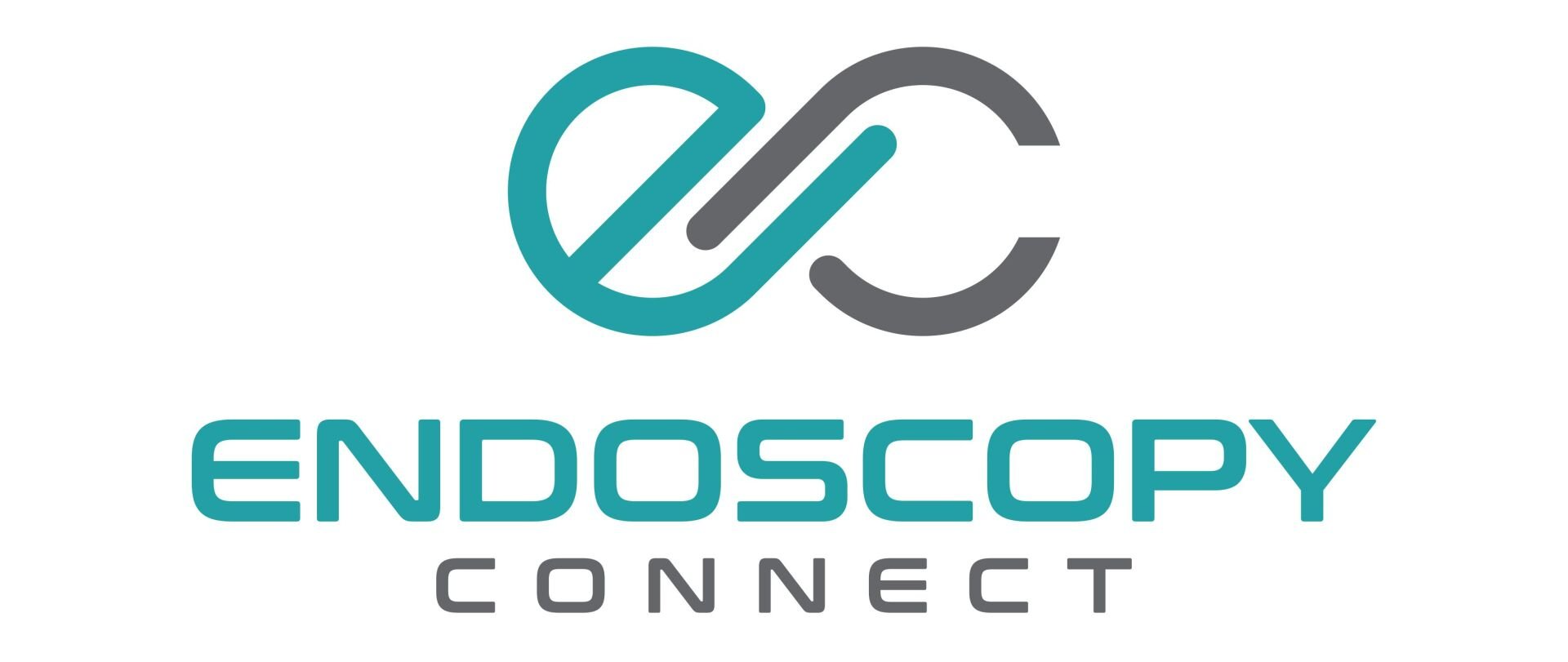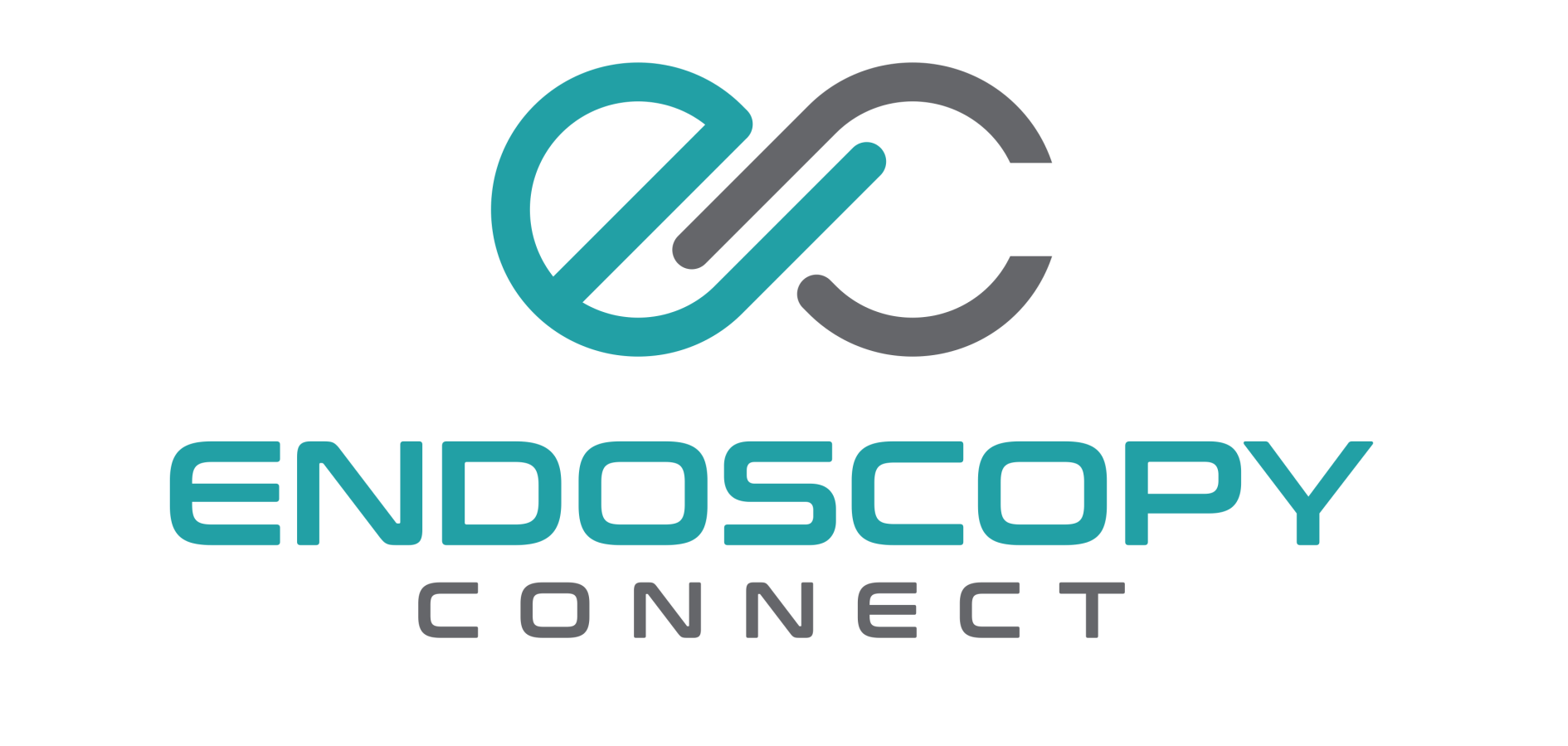Capsule Endoscopy (Pillcam)
Capsule Endoscopy (PillCam)
Capsule endoscopy is also known as PillCam or wireless endoscopy.
Capsule endoscopy is used mainly to pinpoint bleeding in hidden areas of the small bowel, as it is more sensitive than many other techniques.
The procedure uses a tiny wireless endoscopy camera that sits inside a 10-27mm capsule.
You need to swallow the PillCam, which then travels like a piece of food through your gastrointestinal tract, providing high-resolution images of the stomach and small intestine.
It takes two pictures every second for up to 11 hours, providing about 60,000 pictures in total. The images are transmitted to a data-recorder that you wear in a harness around your waist.
Investigate Symptoms
- Capsule endoscopy is used to identify:
- The cause of unexplained bleeding in the small intestine
- Small bowel tumors and
- Causes of obscure abdominal pain
For Diagnosis
- Capsule endoscopy is used to:
- Diagnose inflammatory bowel diseases, such as Crohn's disease
- Diagnose cancer
- Diagnose celiac disease
- Examine your esophagus
- Screen for polyps
- Do follow-up testing after X-rays or other imaging tests
Risks
- Capsule endoscopy is a safe procedure that carries few risks.
- However, it's possible for the capsule to become lodged in your digestive tract rather than leaving your body in a bowel movement within several days.
- Although this risk is small, it can be higher in people who have a condition such as a tumor, Crohn's Disease, or had previous surgery in the area. Both may cause a narrowing (stricture) in the digestive tract, where there's still a small chance that the capsule could get stuck.
- If the capsule hasn't passed in a bowel movement but isn't causing signs and symptoms, your doctor might give the capsule more time to leave your body. However, a capsule causing signs and symptoms that indicate bowel obstruction must be removed, either by surgery or through a traditional endoscopy procedure, depending on where the capsule is stuck.
How you prepare
- 2 Weeks prior to PillCam
Stop any IRON supplements and multivitamins
- 3 Days Prior to PillCam
- You CANNOT eat seeds, nuts, grains, green or red vegetables or fruit
- You CAN Eat fish, chicken, white rice, pasta, potato, sweet potato, pumpkin, eggs, cheese, plain yoghurt, peeled apple, and pear
Buy 1 box of MoviPrep from your pharmacy
MoviPrep is taken to empty your intestines so that the PillCam can take clear pictures of the intestinal lining and allow identification of any abnormality within the small intestine. MoviPrep works by emptying the contents of your intestines, so you should expect to have watery bowel movements.
- 1 Day Prior to PillCam
8am - Eat breakfast
11am - Eat a light lunch
After lunch
- Stop eating ALL solid food
- Drink clear liquids only such as water:
- Black tea and coffee
- Clear soup broth
- Clear or yellow Gatorade or Powerade,
- Hydralyte
- NO fizzy drinks
3pm
- Drink 1 litre of MoviPrep (mix sachet A + B in 1 litre of water)
- Drink 1 cup every 15 minutes
- Continue drinking more clear liquids
7pm-11pm
- Drink 1 litre of MoviPrep (mix sachet A + B in 1 litre of water)
- Drink 1 cup every 15 minutes
- Continue drinking clear liquids until 11pm
- 10 hours prior to PillCam
You MUST stop drinking
Preparing for the Pillcam
- Day of the PillCam
DO NOT take Gaviscon or Codeine
DO NOT take medication 2 hours before having the test
If you are a Diabetic, DO NOT take your Diabetic medications on the evening prior to or the morning of your test
Wear upper garment of thin, natural fibre such as a T-shirt that is long enough to reach at least to hip level and will not ride up above the belt
Arrive for your appointment at the scheduled time
Once the recorder is connected and ready, you swallow the camera capsule with water
A slippery coating makes it easier to swallow. Once you swallow it, you shouldn't be able to feel it
- After Swallowing the PillCam
- You may drink colourless liquids starting 2 hours after swallowing the PillCam
- You may have a light snack 4 hours after ingestion. After the examination is completed, you may return to your normal diet
- Be sure the sensor belt is tight at the waist. Do not attach anything to it
- Check the blue flashing PillCam recorder every 15 minutes to be sure it is blinking twice per second. If it stops blinking or changes colour, note the time and contact your doctor
- You will be given an Event Form to note the time of any event such as eating, drinking or a change in your activity. Return the completed Event Form to your doctor at the time you return the equipment.
- Avoid strong electromagnetic fields such as MRI devices or Ham Radios after swallowing the capsule and until you pass it in a bowel movement
- DO NOT disconnect the equipment or completely remove the PillCam recorder at any time during the procedure
- Treat the PillCam recorder carefully. Avoid sudden movements and banging of the recorder.
IMPORTANT
Contact your doctor’s office immediately if you suffer from any Abdominal pain, Nausea or vomiting during the procedure
- After Completing PillCam
Return to the doctor’s office at the scheduled time to have the equipment removed
You will need to make a follow up appointment to see you Gastroenterologist 2 weeks after removal
Day of the PillCam
DO NOT take Gaviscon or Codeine
DO NOT take medication 2 hours before having the test
If you are a Diabetic, DO NOT take your Diabetic medications on the evening prior to or the morning of your test
Wear upper garment of thin, natural fibre such as a T-shirt that is long enough to reach at least to hip level and will not ride up above the belt
Arrive for your appointment at the scheduled time
Once the recorder is connected and ready, you swallow the camera capsule with water
A slippery coating makes it easier to swallow. Once you swallow it, you shouldn't be able to feel it
What you can expect
- What you can expect
On the day of your capsule endoscopy, your health care team will go over the procedure with you. You might be asked to remove your shirt so the data-recorder can be placed around your waist.
Once the recorder is connected and ready, you swallow the camera capsule with water. A slippery coating makes it easier to swallow. Once you swallow it, you shouldn't be able to feel it.
You'll then go about your day. You can drive, and you might be able to go to work, depending on your job.
Your doctor will discuss restrictions with you, for example, avoiding strenuous activity, such as running and jumping.
After your procedure
- After your procedure
Wait two hours after you swallow the capsule to resume drinking clear liquids.
After four hours, you can have a light lunch or a snack unless your doctor tells you otherwise.
The capsule endoscopy procedure is complete after eight hours or when you see the camera capsule in the toilet after a bowel movement, whichever comes first. Remove the patches and the recorder from your body, pack them in a bag and follow your doctor's instructions for returning the equipment. You can flush the camera capsule down the toilet.
Once the procedure is finished, your body might expel the camera capsule within hours or after several days. Each person's digestive system is different. If you don't see the capsule in the toilet within two weeks, contact your doctor. Your doctor might order an X-ray to see if the capsule is still in your body.
Results
- Results
The camera used in capsule endoscopy takes thousands of colour photos as it passes through your digestive tract. The images saved on the recorder are transferred to a computer with special software that strings the images together to create a video. Your doctor watches the video to look for abnormalities within your digestive tract.
It might take a few days to a week or longer to receive the results of your capsule endoscopy.
Your doctors rooms will get then share the results with you.

